by Richard van Pelt, WWI Correspondent
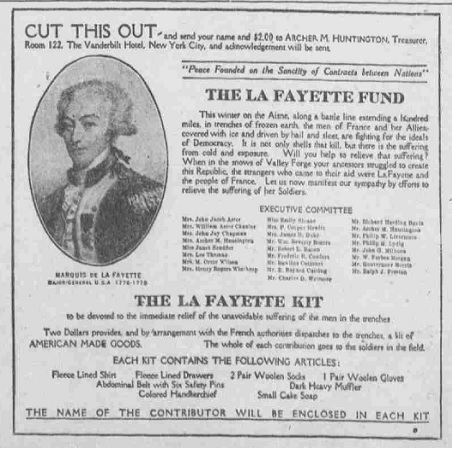 An appeal advertised in the paper, The La Fayette Fund solicited funds to aid the French and to “manifest our sympathy by efforts to relieve the suffering of her Soldiers.”
An appeal advertised in the paper, The La Fayette Fund solicited funds to aid the French and to “manifest our sympathy by efforts to relieve the suffering of her Soldiers.”
The headline in the Capital Journal reads “Germans Recapture Churchyard Trenches:”
Distinct German Successes Announced By the War Office Today
Berlin, by wireless to Sayville, L. I., Jan. 18 – Distinct German successes at La Boiselle, in the north, and in the Argonne, are announced in an official statement issued today by the war office here.
A brilliant bayonet charge, well driven home, recaptured for the German trenches in a church yard at La Boiselle which the French recently took and regained for the kaiser’s forces domination of that section of the battle zone. Three French officers and 100 men were taken.
Fighting in the Argonne has been of a deadly character, the statement asserts. The Germans shelled the enemy’s trenches through Sunday and then delivered an infantry charge which almost annihilated the French defenders.
La Boiselle is today an important archeological site. As reported by the BBC, “Archaeologists are beginning the most detailed ever study of a Western Front battlefield, an untouched site where 28 British tunnelers lie entombed after dying during brutal underground warfare. For WWI historians, it’s the ‘holy grail’.” An article in the Mirror reports what the battle site is like today:
TODAY it is a beautiful country spot in northern France. But just over 90 years ago, during the First World War, La Boisselle bore witness to some of the bloodiest battles in history.
Bitter trench warfare between the Allies and Germans subjected troops to horrendous conditions. For almost a century, nothing was known of these trenches – until now.
The BBC’s Robert Hall was among the first to enter the tunnels after a painstaking excavation. He recalls setting foot on a route lost for almost a century.
The first thing that strikes you is how untouched they look. Three feet wide, cut through the chalk with picks and shovels, and leading to a labyrinth up to 100ft deep.
These passages, lost for over 90 years, once led beneath No Man’s Land, to a world where soldiers from three nations burrowed, listened for the enemy, and laid lethal explosives in the often vain hope of helping the attacks above ground.
In 1916, these passages ran beneath an area that hosted one of the deadliest moments in history, the Battle of the Somme in Northern France.
Today the same underground routes are leading the Anglo-French La Boisselle Study Group towards the personal stories of the men who dug these tunnels – and those who died here.
The bodies of more than 30 men are still entombed here, killed by collapses and explosions.



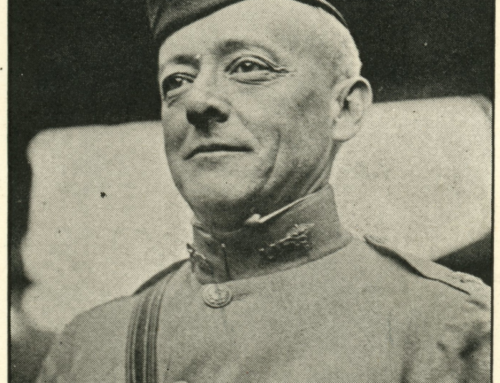
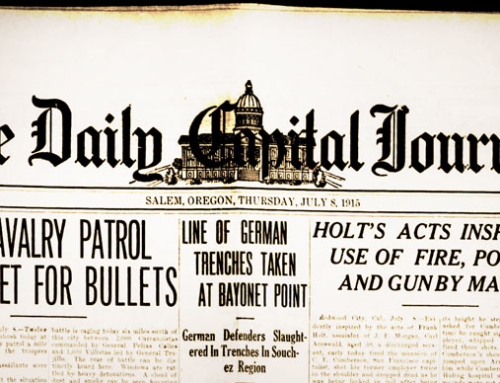
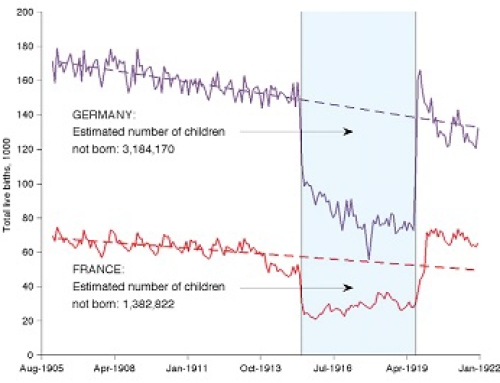
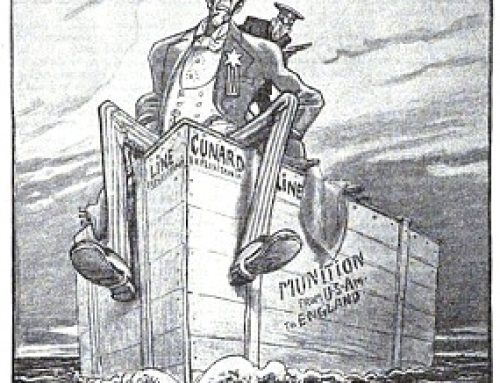
Leave A Comment